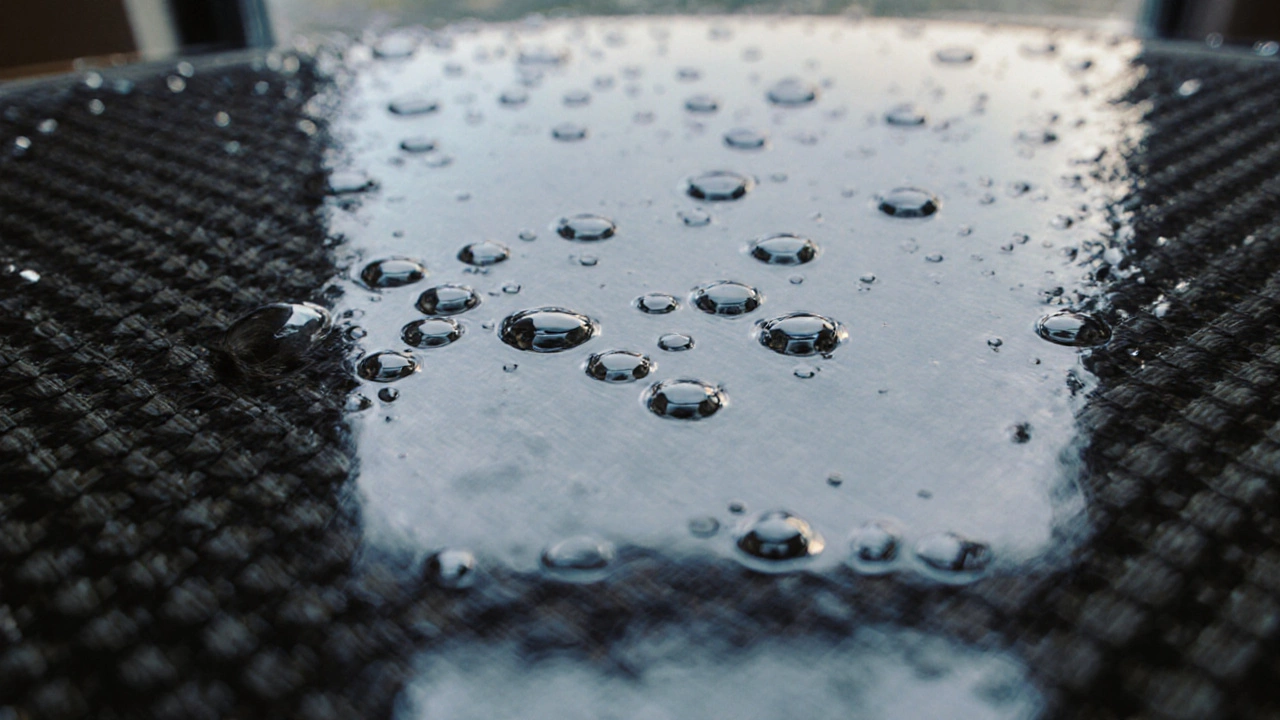Carbon Fiber Water Damage
When dealing with Carbon Fiber Water Damage, the deterioration that occurs when moisture penetrates carbon fiber components in a vehicle. Also known as CF water damage, this issue can weaken structural strength, cause unsightly bubbling, and shorten the lifespan of expensive parts. Water can find its way in through poorly sealed seams, cracked paint, or even condensation that sits too long. Once the resin matrix absorbs moisture, the fibers start to separate, leading to loss of rigidity and potential failure under stress. Understanding the root causes helps you act before a small leak turns into a costly repair.
Key Factors and How to Fight Them
One of the biggest players in this problem is Carbon Fiber, a lightweight, high‑strength material made of woven carbon strands bonded with epoxy resin. Its main attributes—high tensile strength, low weight, and corrosion resistance—make it perfect for car panels, spoilers, and interior trims. However, its value drops sharply when the Water Damage moisture intrusion that breaks down the epoxy bond reaches the fibers. A simple semantic triple here is: carbon fiber water damage requires proper sealing to stay safe.
Protective measures revolve around Protective Coating, a clear film or nano‑ceramic layer that repels water and UV light. The coating’s key attribute is its hydrophobic nature, which creates a barrier that stops water from soaking into the resin. When applied correctly, it adds about 2‑3 years to the part’s lifespan and reduces the chance of bubbling. Another related entity is Automotive Carbon Fiber Parts, which include trim pieces, roof rails, and interior panels. Their typical lifespan is 8‑12 years under normal conditions, but carbon fiber water damage can cut that in half. Regular inspections, especially after heavy rain or washing, catch early signs like delamination or discoloration. The triple “protective coating reduces water damage to carbon fiber” shows how a simple step can stop a big problem.
If you notice any soft spots, swelling, or a faint odor of resin, act fast. Clean the area with a gentle soap, dry thoroughly, and consider re‑applying a protective coating or consulting a professional carbon‑fiber specialist. These steps keep the part’s strength intact and prevent hidden damage from becoming visible.
The articles below dive deeper into each aspect of carbon fiber water damage. You'll find detailed explanations of how moisture attacks carbon fiber, real‑world examples of damaged parts, and step‑by‑step guides for protection, repair, and long‑term care. Whether you're a car enthusiast, a DIY fixer, or just curious about keeping your vehicle looking sharp, the collection gives you practical insight to avoid costly surprises and keep your carbon‑fiber components performing at their best.
Learn how water affects carbon fiber parts, why moisture can weaken strength, and practical tips to protect and maintain carbon‑fiber components.

